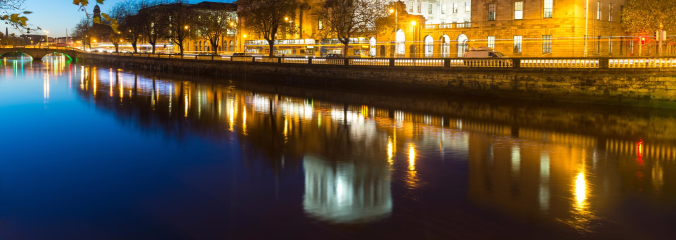
Dublin, city of scholars and saints, of castles and ten thousand welcomes. That’s what they call her now.
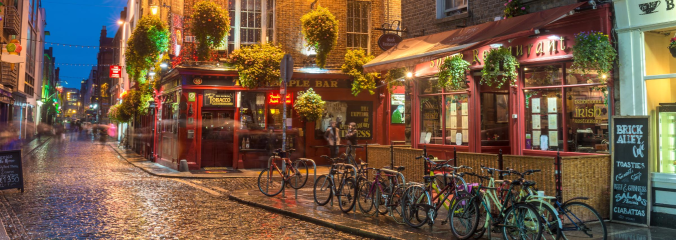
Over a thousand years back, Vikings knew her as Black Pool – “Dubh Linn”, after the muddied waters in the confluence of her twin rivers – the Liffey and the Poddle – where they anchored their ships.
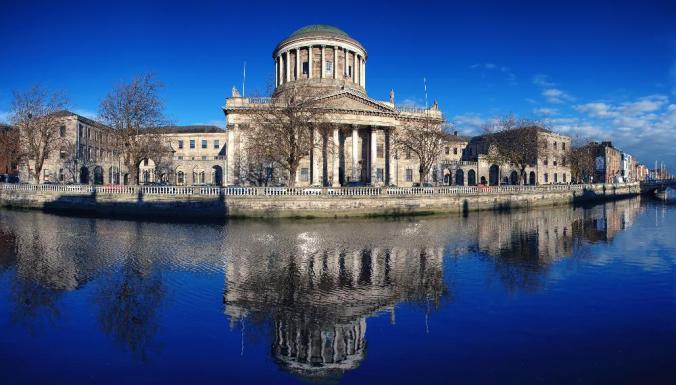
Now, walking down her cobbled streets, past medieval walls and stairs, through rows of Georgian brick houses with multi-colored doors, under crozier-shaped lamps and Gothic steeples, I felt transported inside a Dead Poets’ universe.
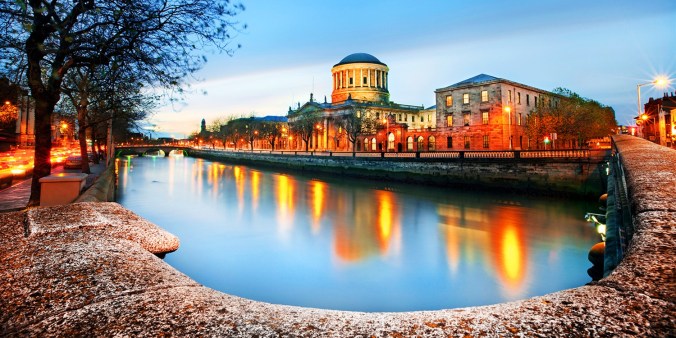
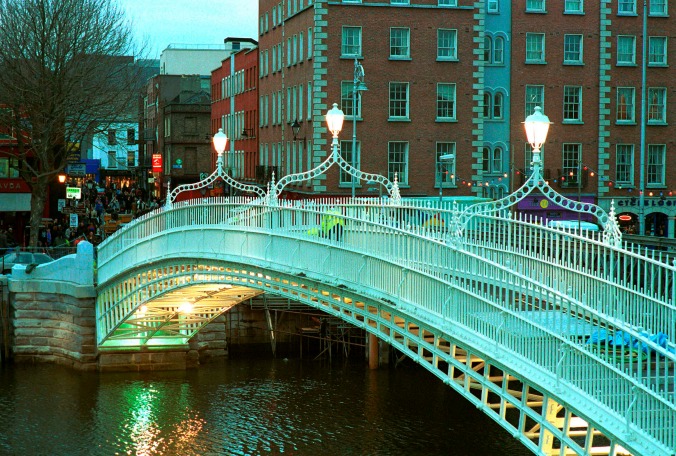
This is the real deal though, the birthplace of illustrious writers, Nobel laureates, home of great schools and libraries.
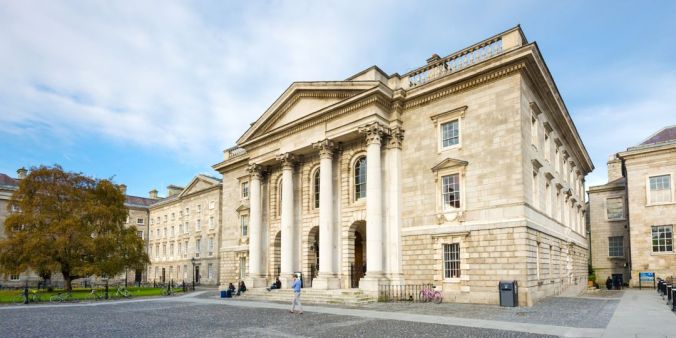
My first stop was Holy Trinity College, which Queen Elizabeth I of England established and where Jonathan Swift, Oscar Wilde, Bram Stoker and Samuel Beckett studied.
Even in the Dark Ages, scholars and monks sought Ireland’s verdant isolation. An island off an island, it’s a chunk off the United Kingdom 10,000 years ago, after UK broke away from the European mainland. Famous for her weather, she was unconquered Hibernia, untouched by Romans till their empire collapsed.
I considered myself blessed because the sun peeked out on my first visit.
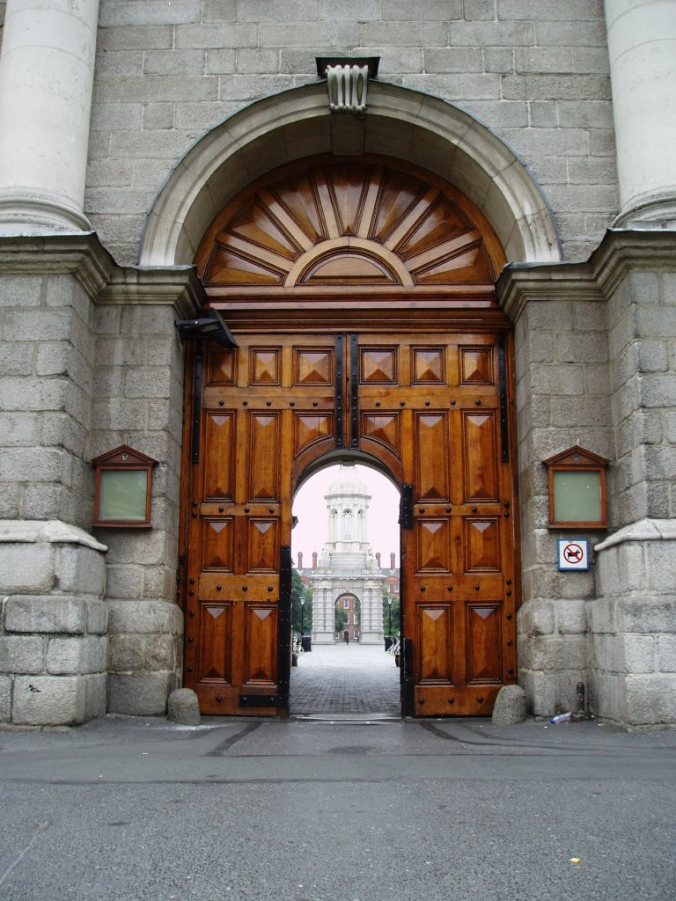
Drifting with the crowd, I went through Trinity College’s great wooden door – not the original one, I was told. A professor, disgusted with the first version, rammed it with his car and the college replaced it for 40,000 Euros. Curiously, they kept the professor.
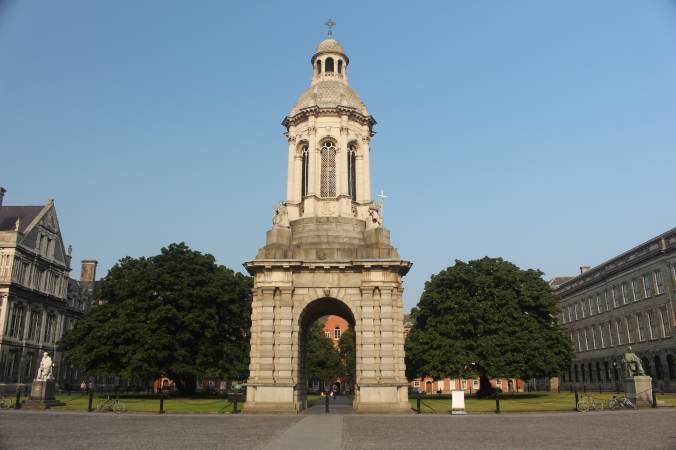
Inside, I beheld the famous bell tower. Students shun it at exam time, believing if they pass beneath it, they’ll flunk. Virgins also avoid the tower because it’s guaranteed to toll when they pass under.
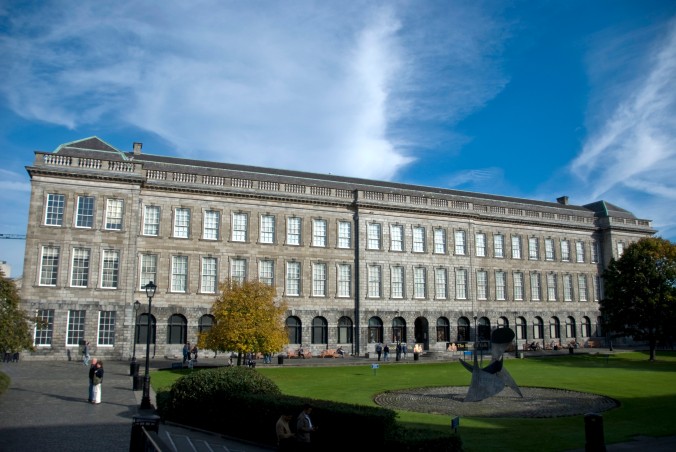
However, the most visited building in campus happens to be the library, home to two million books. So enamored was Director George Lucas of its oak-paneled Long Room, he “borrowed” it for Star Wars’ Great Jedi Library.

The Long Room resembled the inside of a keg, brown wood panels, floor to ceiling and so photogenic. The shelves are crammed with 200,000 antique volumes and 6,000 manuscripts, arranged by size, not by author, title or subject. Marble busts lined the aisle. At the center, encased in glass, stood Brian Boru’s harp, immortalized in the first Irish flag. Brian, the Irish high king, drove away the Vikings but perished in the battle of Clontarf.
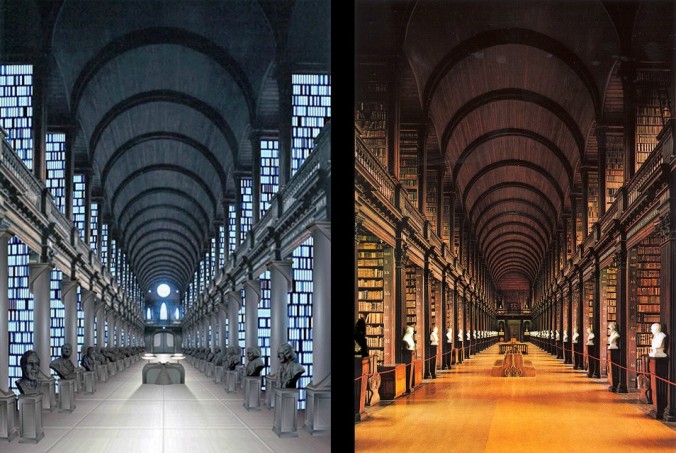
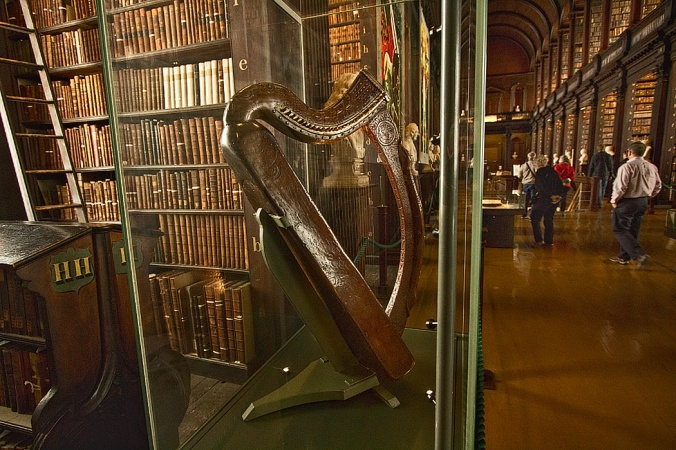
I can read the books too, the staff assured me. But I need an appointment for that.
Below the Long Room lies the Treasury in whose dark halls glowed the thousand-year-old Book of Kells, “the most precious object of the Western world”, a handiwork, not of men, but of angels – an illuminated manuscript of the four Gospels with embellished letters and lavish paintings.
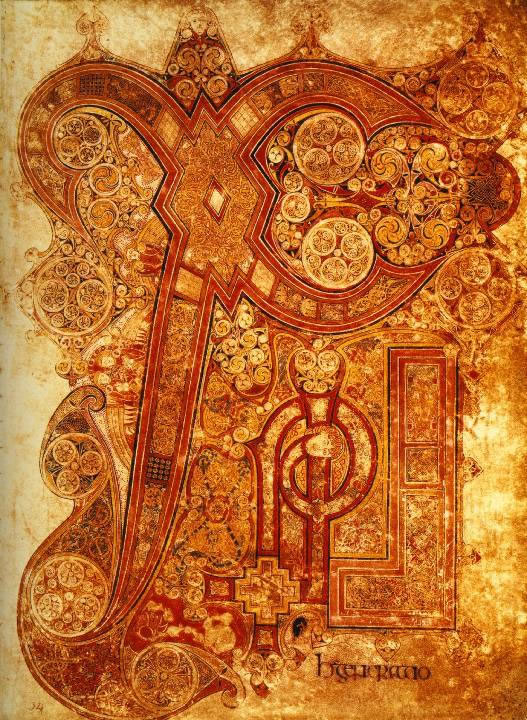
By itself, the book is a sacramental, an object of worship paraded in processions and displayed from the high altar, to be seen, not read, by congregations most of whom can’t read or write. It’s also a talisman, much coveted and stolen more than once. Monarchs and world leaders go out of their way to see it – the latest being the Obamas and Queen Elizabeth II.
I squinted at two large open books glowing softly in their glass case. Security is a huge concern here. No wonder, caretakers divided the Book of Kells into four sections, one for each gospel. They only display two sections at a time. And every three months, they change the pages displayed. It’s a highly confidential affair, which pages will be shown to the public next.
I took in the intricate designs, the mind-boggling details. In my mind, I can picture ancient monks – four scribes and a handful of artists – huddled in their stone beehive huts over the crags, scratching the letters on vellum – scraped and stretched calf skins – 340 leaves in all. They slaughtered at least 200 calves for those sheets because paper has not been invented yet.
The scribes penned the words in Latin using sharpened swan quills dipped in crushed oak apples, gall, indigo, green copper – verdigris from the Mediterranean, Orpiment (yellow arsenic sulphide), red lead and lapis lazuli from Afghanistan. .
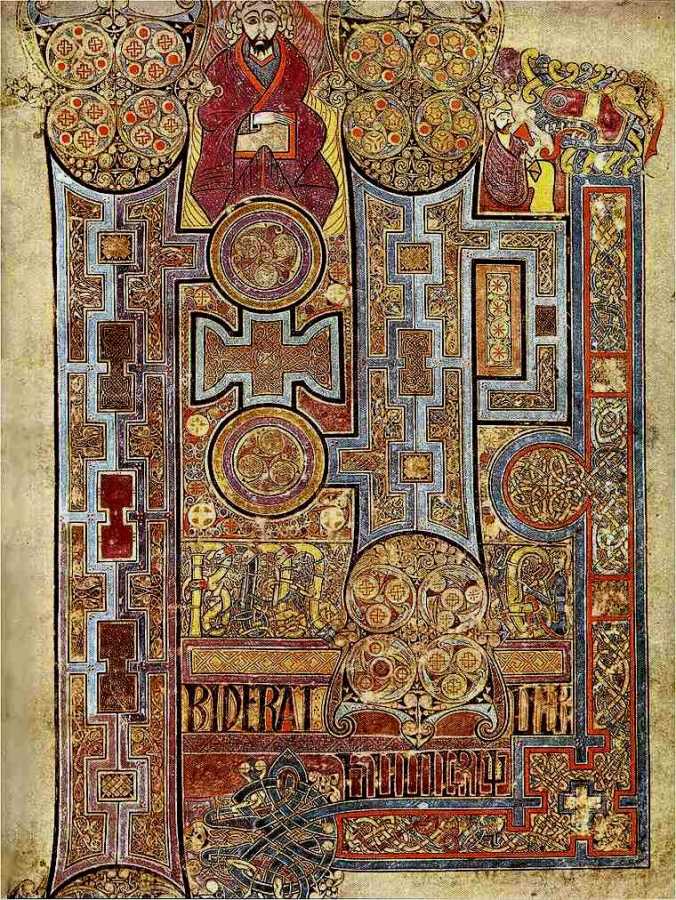
They painted Celtic designs – spiritual symbols, embossed in gold – peacocks with the eucharistic hosts, eagles and angels, surprised looking snakes gobbling human heads, lions holding their paws to their mouths, slavering wolves, winged bulls, three-headed snakes on triskelions.
The most famous page is the Chi Rho – “the world made flesh”, the first letters of the word “Christ” in ancient Greek, which looks like “XPI”, embellished in psychedelic swirls and flourishes hiding images – an otter lying on his back, grasping a fish, a cat playing with mice eating communion wafer, moths symbolizing rebirth.
A short walk from Trinity College, I saw more treasures – a trove of Viking gold – the biggest collection of lunates – crescent-shaped amulets and necklaces, along with relics, metalwork and art from Celtic churches, plus human sacrifices unearthed in the bogs, all housed in the National Archaeology Museum.
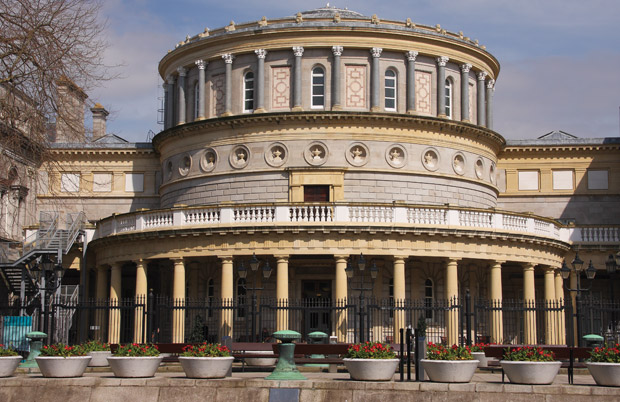
The ‘Kingship and Sacrifice’ exhibit of bog bodies intrigued me most.
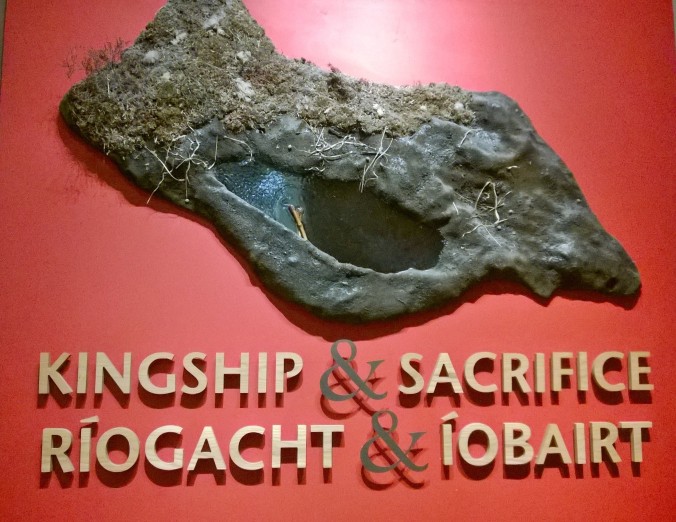
Looks like each time the ancient Irish crowned a new monarch, they sacrifice a young noble or kill the old king to be entombed in the boundary of the realm.
Swamps – peat bogs (from the Irish “bogarch”, meaning “soft”), blanket 17 per cent of the country. Traditionally cut as turf, dried and burned as fuel in the fireplace, it takes a thousand years for a bog to grow three feet deep. The peat itself is 95% water; the rest, rotting plants, pollen and dust. Inside, it’s cold, acidic and oxygen-free, arresting decay and mummifying whatever it traps.
Like their counterparts in Denmark, Germany, Netherlands and England, the Irish sacrificed young men 1,500 years ago as part of kingship rituals and buried them in bogs along tribal boundaries. Iron Age people held their kings responsible for ensuring the bounty of the land. When he is crowned, he marries the goddess of fertility. When crops fail or when plagues ravage the realm, they brutally sacrifice their failed king – or young royal victims, to appease the deities.
Fascinated, I stared at the bog bodies behind glass, more like grisly withered rubber than human carcass.
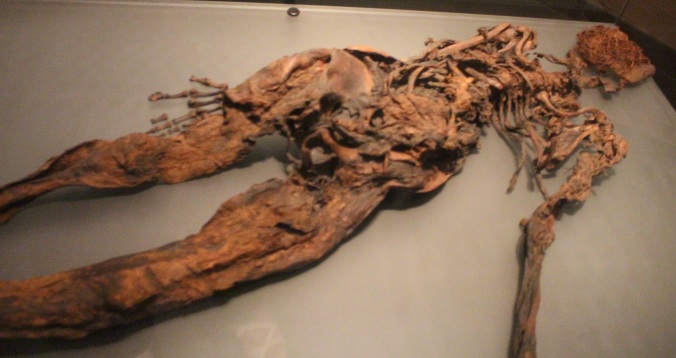
Cashel Man, the oldest in Europe to be found with intact skin, lived in 4,000 years ago. He was a young adult, with wounds characteristic of a human sacrifice – a long cut on the lower back, broken arm and spine though the rest of him was too damaged to tell much.
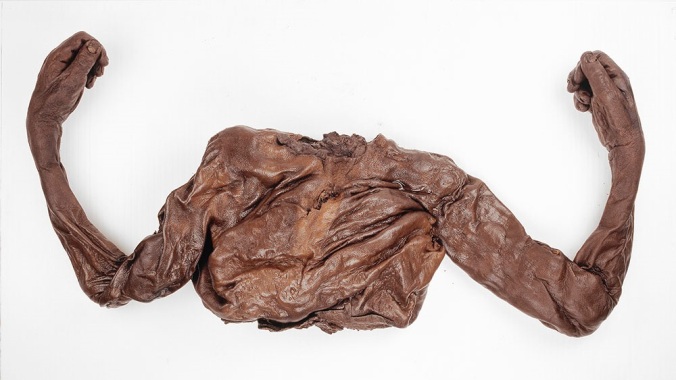
Old Croghan Man
Old Croghan Man was in his mid-twenties, tall, standing 6 feet 3 ½ inches, powerfully-built, with soft hands, well-manicured nails and a plaited leather arm band. He died brutally over 2,000 years ago. His killers cut holes in his arms and threaded ropes through them to restrain him before they stabbed him in the chest and sliced off his nipples to decommission him as king in this life and the next (suckling a king’s nipples was a medieval gesture of submission). Then they beheaded him and sawed his body in half.
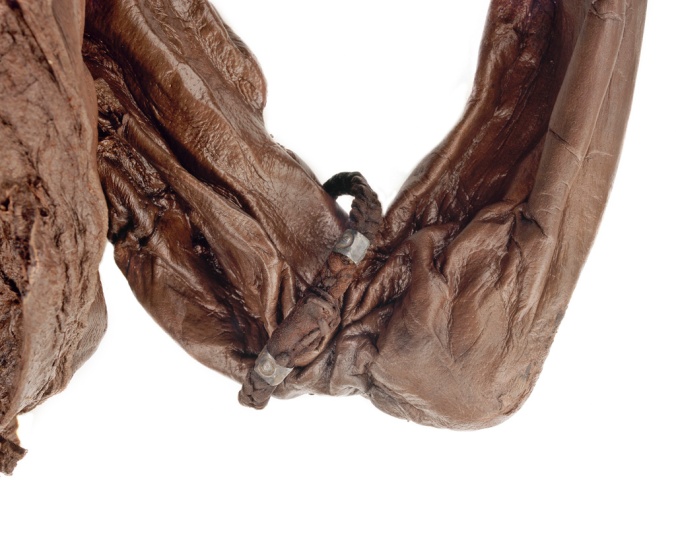
Old Croghan Man’s arm band
Clonycavan man was just 5 feet tall but is obviously a noble with locks bunched at the top of his head, styled with expensive pine resin imported from France or Spain. His killers smashed his head three times with an axe and slashed off his nipples before they disemboweled him 2,300 years ago.
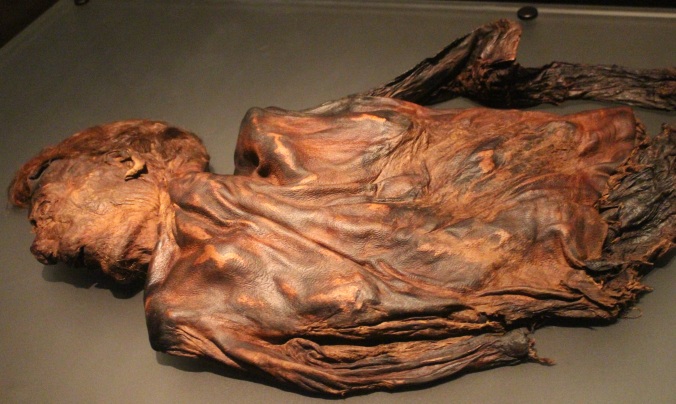
Despite the violence, all the bog bodies were buried with royal regalia – horned head dresses, the Petrie Crown, gold collars, skin capes, armlets and pins, along with items used for the processions and feasts, horse trappings, weapons, drinking cups, wooden bowls and votive deposits of butter – bog butter, offered as part of a ritual, similar to Asians offering food for the dead.
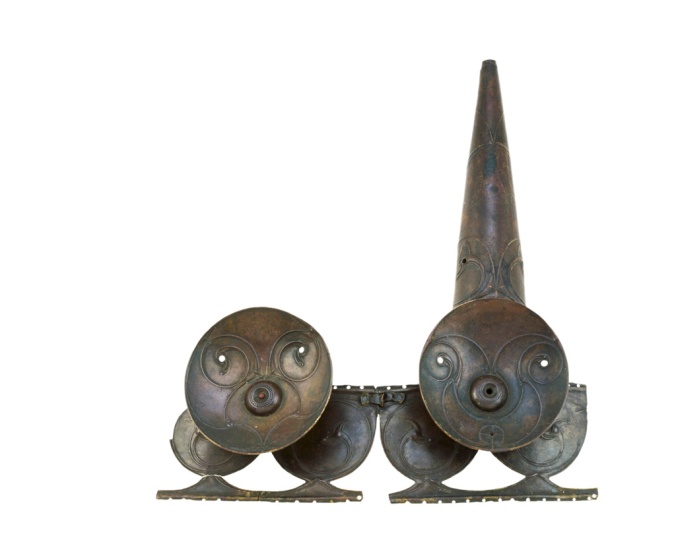
Bronze head-dress known as the Petrie Crown
Ireland’s National Museum has many priceless collections. The Tara Brooch, an 8th century AD silver-gilt annular brooch composed of animal heads framing two tiny cast glass human heads was a masterpiece of medieval metal craft. The Broighter Collar, a large tubular neck ornament with stylized bird and horse motifs which was probably worn by a king.
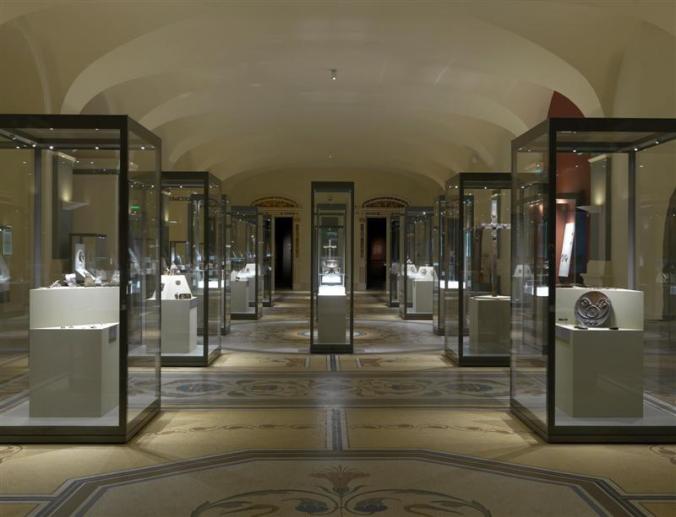

Tara brooch
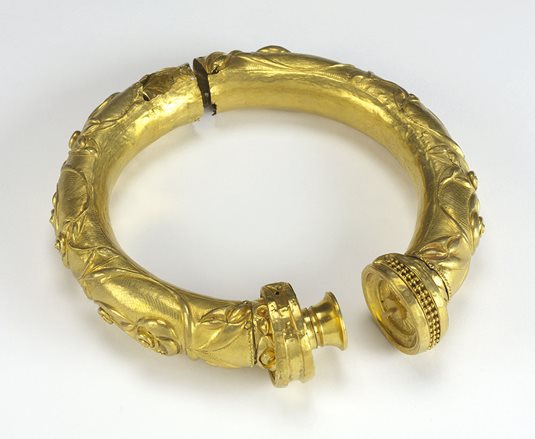
There’s silverware for mass – the 8th century Ardagh Chalice and the Derrynaflan Paten, the 12th century Cross of Cong which once encased a fragment of the True Cross where Christ was crucified, a painstakingly detailed miniature gold Viking ship – an offering to the sea gods, the bell of St. Patrick and its ornate shrine – one of the principal relics of Ireland.
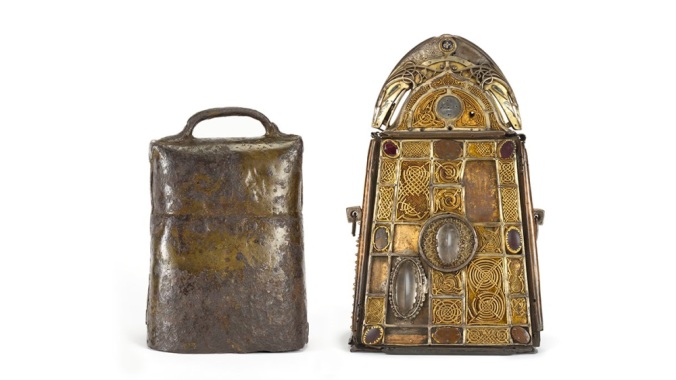
Iron bell of St Patrick

(To be continued)













